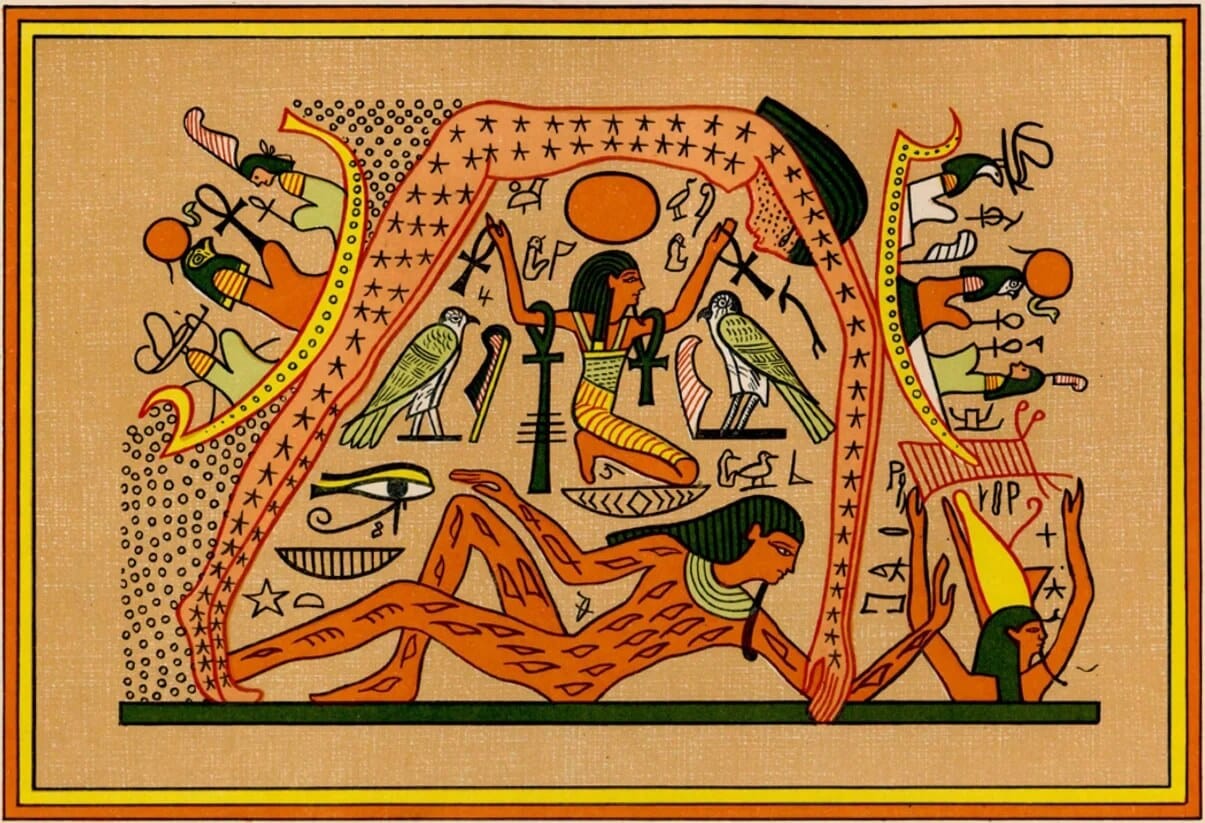New research reveals how the Milky Way emphasized the role of Nut, the Egyptian sky goddess

The ancient Egyptians were known for their religious beliefs and astronomical knowledge of the sun, moon and planets, but until now it was not clear what role the path of the heart played in the religion and culture of Egypt.
A new study by an astrophysicist from the University of Portsmouth sheds light on the connection between the Milky Way and the Egyptian sky goddess Nut.
Nut is the goddess of the sky, who is often depicted as a starry woman towering over her brother the earth god Geb. It protects the earth from the flooding of the invading waters of the void, and plays an important role in the solar cycle - swallowing the sun when it sets and giving birth to it again when it rises in the morning.
The article draws on ancient Egyptian texts and imagery to argue that the Milky Way drew attention, seemingly, to the role of Nut as a celestial. In winter the Milky Way highlighted Knot's outstretched arms and in summer it followed her spine across the sky.
Associate Professor of Physics Dr. Or Graor said: "I encountered the sky goddess Nut when I wrote a book about galaxies and examined the mythology of the Milky Way. I took my daughters to the museum and they were fascinated by this picture of a curvy woman and kept asking to hear stories about her. This piqued my interest and I decided to combine astronomy and Egyptology to perform a double analysis - astronomical and intercultural - of the sky goddess Nut, and could there really be a connection between her and the Milky Way."
Dr. Graor relied on a rich collection of ancient sources including texts from pyramids, texts from burial coffins and the Book of Nut, and compared them alongside sophisticated visualizations of the Egyptian night sky.
He found compelling evidence that the Milky Way highlighted the divine presence of Nut.
In addition, Dr. Graor linked Egyptian beliefs with those of other cultures, showing similarities in the way different societies interpreted the Milky Way.
He added: "My research also shows that Nut's role in the passage of the dead to the afterlife and its connection to the annual migration of birds is consistent with how other cultures understand the Milky Way. For example, as a path of spirits among various peoples in North and Central America or as the path of birds in Finland and the Baltic countries.
"My research shows how a combination of disciplines can provide new insights into ancient beliefs, and it highlights how astronomy connects humanity across cultures, geography and time. This article is an exciting start to a larger project to catalog and explore the multicultural mythology of the Milky Way."
More of the topic in Hayadan:
